The Konica Hexanon AR 40mm f1.8 is a tiny, wide-normal lens for the Konica system, released in 1978. It fits right between wide-angle 35 mm and 50mm lenses. Konica wanted a small size, fast speed, and wider-angle normal lens, and in my eyes, they succeeded. Generally, photographers praise it, but does it live up to the hype?
First impressions
“Wow, this lens is nice!” was my genuine first impression after snapping a random pedestrian crossing in Mallorca. At that time, I had only seen the picture on the small camera screen, but I already liked it a lot. It had that ‘feeling,’ which is difficult to describe, but you know it in your heart.
After walking around and shooting it the whole day and many pictures later, I could say it’s a keeper. Konica is known to be very consistent across its lens lineup, and this lens is no exception – it was sharp and delivered contrasty, beautiful images. The color definition was also spot on.
The 40mm focal length is a nice compromise between the 35mm and the 50mm — slightly wider than the 50mm but not as wide as the 35mm. I like the focal length, but it’s up to each user. I particularly like the versatility and perspective, allowing me to use it effortlessly when traveling or just going around town. It still looks natural when photographing groups of people and is wide enough to capture nice outdoor pictures.
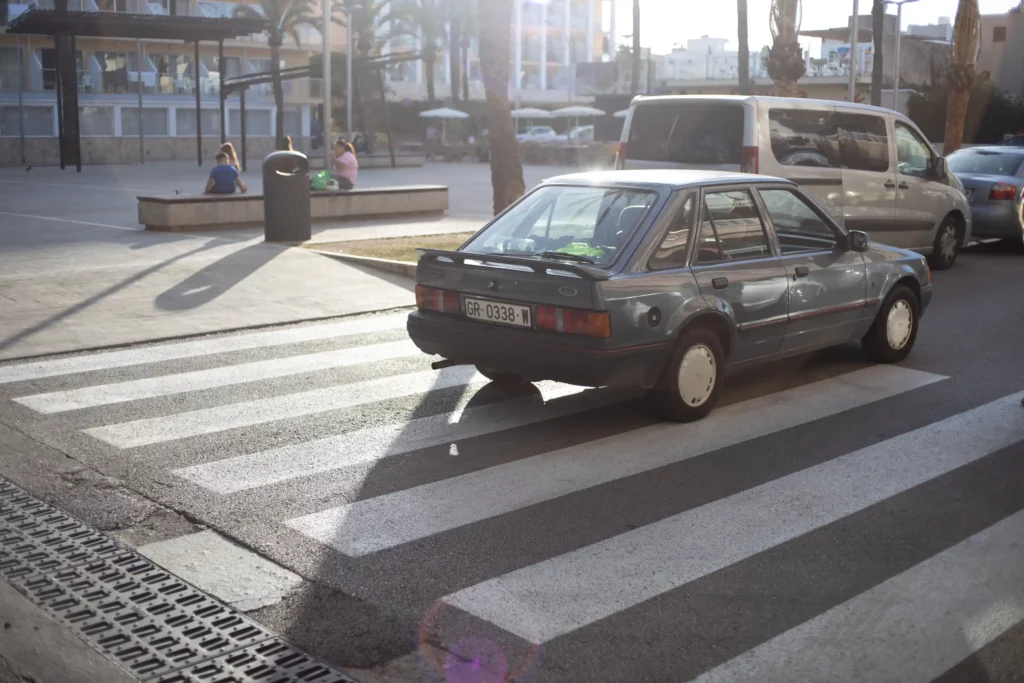
Image Quality
Konica Hexanon AR 40mm f1.8 effortlessly delivers beautiful, catchy images. Even random snaps look attractive, appealing, and three-dimensional.
Having a dependable lens really helps in diverse scenarios. Some less reliable and predictable lenses are challenging to shoot. You never know what you will get back from them. You think the picture will look nice, but it just doesn’t materialize — sometimes, the shot is nice, but sometimes, it’s meh. Meanwhile, the images taken with the Konica Hexanon AR 40mm f1.8 are consistently pretty.
So far, I have been subjective, but objectively, this lens is sharp and contrasty. The center of the frame is always sharp but improves a lot when stopped down slightly. For me, the sweet spot is somewhere between f2.8 and f4 – there is still a lot of blur in the background, but the subject is sharp.
Vignetting is strong wide-open at f1.8 but improves significantly from f2.8 and disappears by f4.
Hexanon 40mm f1.8 delivers natural and slightly warm colors with lovely skin tones and rich landscapes. The colors are vibrant without being oversaturated, and photos are pleasing straight out of the camera. Color reproduction has a classic feel.
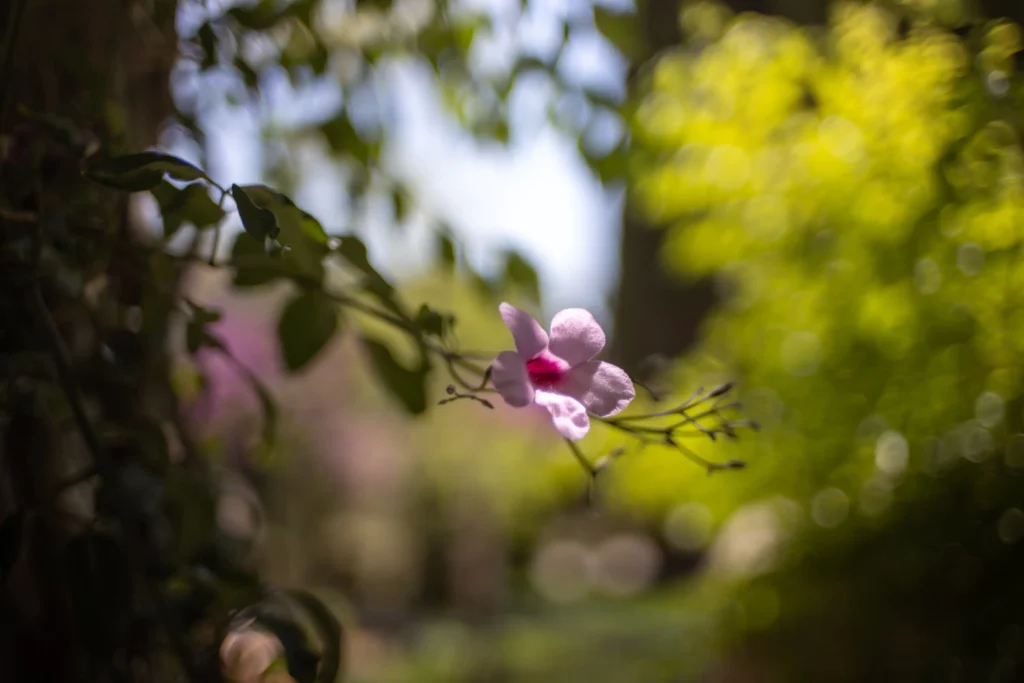
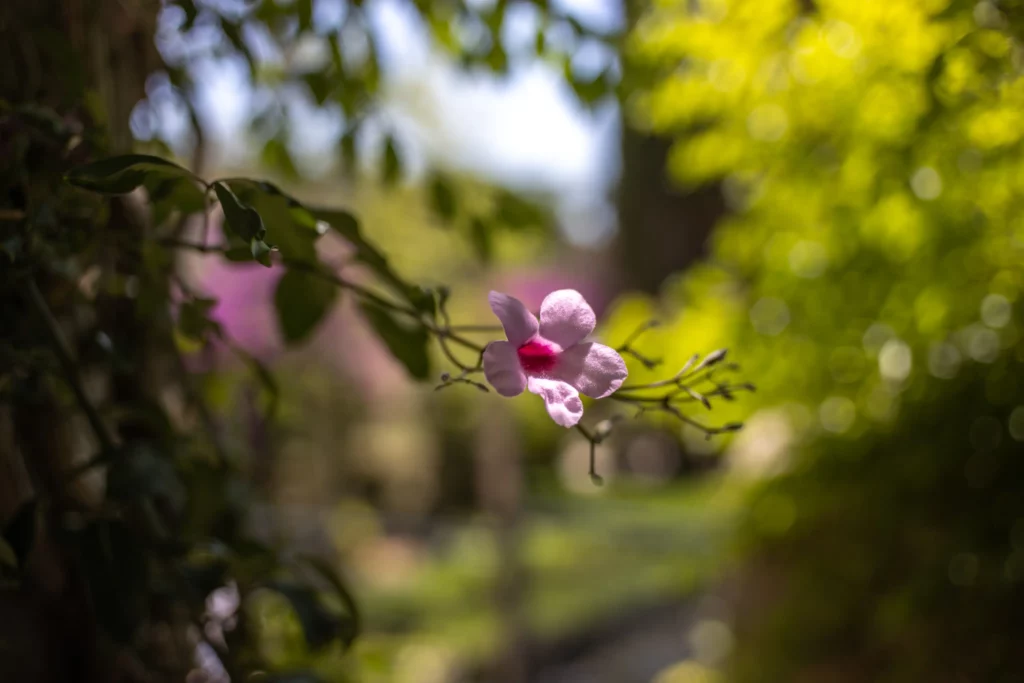
Vintage feel
This lens is somewhere in the middle in terms of producing vintage-looking photographs. It can, when used with a hood and stopped down, produce clean pictures, but it can also deliver vintage-looking photos if you let it glare and flare. Konica Hexanon AR 40mm f1.8 flares easily, and glare and loss of contrast can occur due to the lack of a built-in hood and exposed front element. Artists can use these imperfections to attain beautiful results.
Although I cannot test it personally, according to Edd, the Konica Hexanon AR 40mm f1.8 also performs admirably in infrared photography.
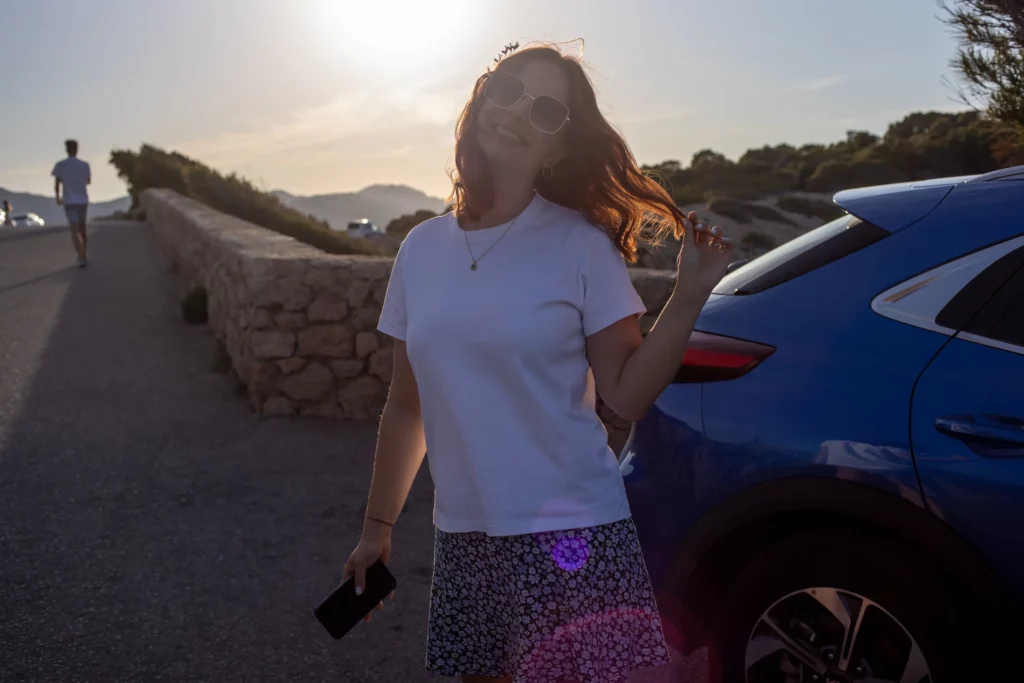
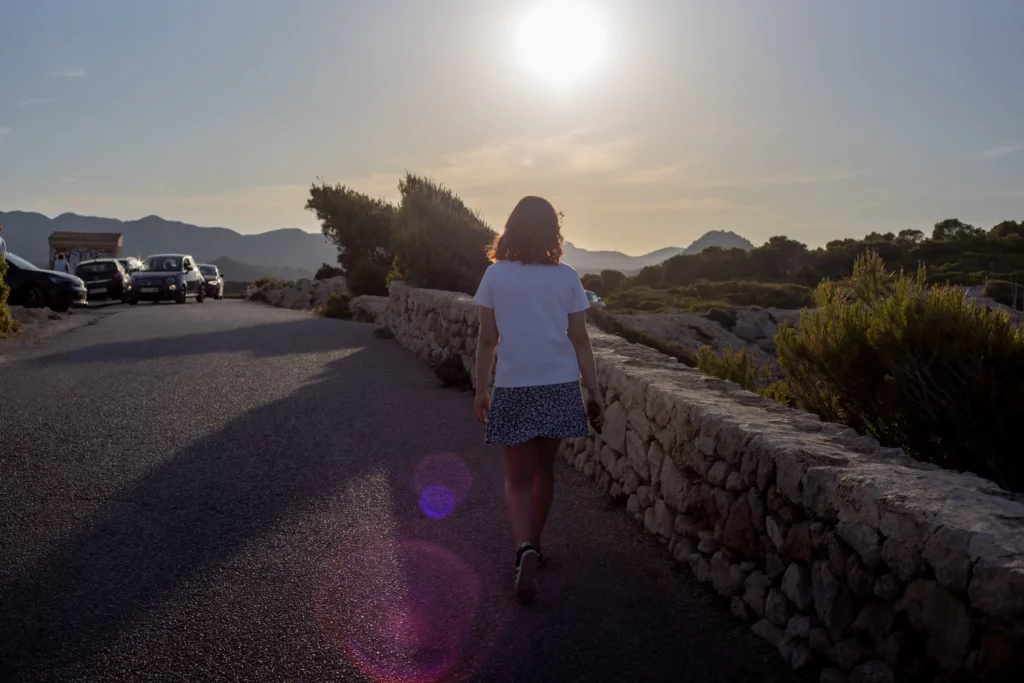
Optical Design
Konica Hexanon 40mm f1.8 uses a unique optical design of 6 elements in 5 groups. According to the patent, Konica could not use existing designs, such as Gaussian or retrofocus, because they would have made the lens larger and missed the target of trying to make it small. So, they developed a new, unique, patentable optical design.
Because each glass-air surface creates internal reflections and contrast loss, fewer elements mean higher contrast, at least on paper. Modern lenses can have many lens elements because newer coating technologies allow better light transmission; however, in vintage lenses, there is always a compromise between contrast, light transmission, and corrections. Having few elements enables the Hexanon to 40mm f1.8 to have good contrast. That is why I also like the early simple triplet design lenses — the contrast is just so good.

Handling and Build Quality
The Konica Hexanon AR 40mm f1.8 is built well but contains plastic parts, meaning it is not as tough as other all-metal lenses. In fact, it feels even less solid and more plasticky than other Konica lenses of the time. Earlier metal lenses, such as the Konica Hexanon 57mm f1.2, feel sturdier but are larger, heavier, and less portable.
It is a tiny, lightweight lens, perfect for walking around. Even with an adapter on a mirrorless camera, it feels small — this is great for travel or street photography. One way in which it is different from other Konica lenses is that it has “40/1.8” labeled in red on the front of the lens. I have not seen this on any other Konica lenses.
It is easy to focus and set the aperture, and the lens is not too small to find the appropriate ring easily, even though both rings are pretty narrow. The aperture setting feels slightly plasticky and not as smooth. It does not have half stops, which could make it more challenging to set the perfect aperture, but it does the job.
The aperture has uneven, jagged edges at f2.8 and f4, which can appear in the bokeh bubbles. It is smooth on other settings.
The minimum focus distance is 45cm, meaning you will not get macro photography with this lens. However, the lens is sharp at close focus distances, even without floating elements.
I measured Konica Hexanon AR 40mm f1.8 for radioactivity and found it does not use thoriated lens elements and is not radioactive. Learn more about why some vintage lenses are radioactive.
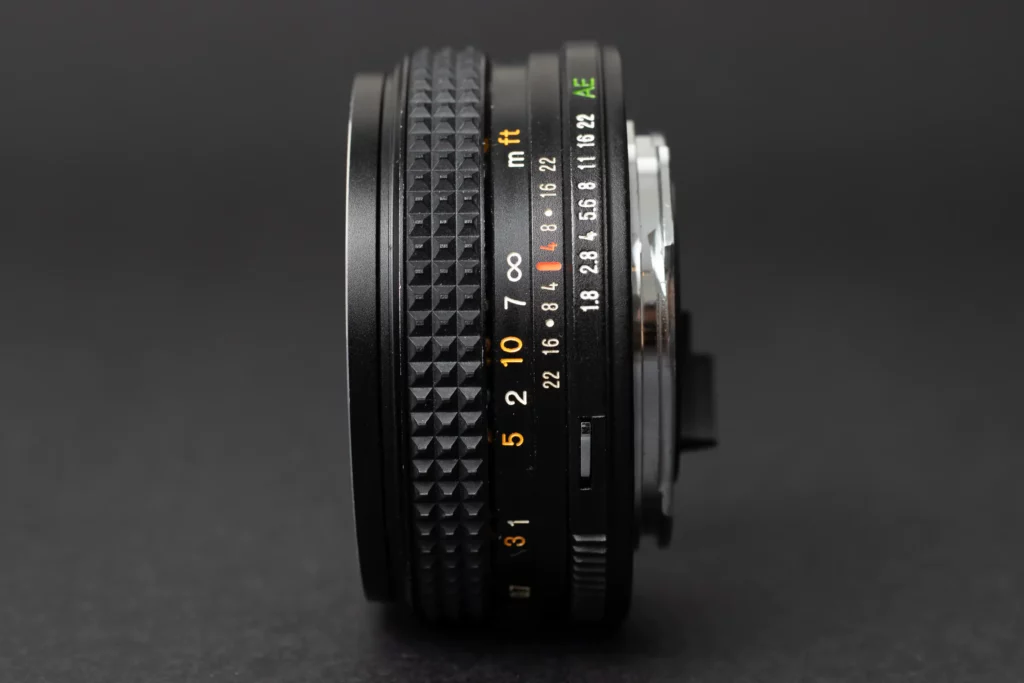

Common issues
I have three 40mm f1.8 Hexanons. The previous owner has dropped or bumped one, and the whole front plate with the front element is misaligned. The other one had fungus, which I cleaned off. The last one is good, but I am careful with it. All of these indicate that the build quality is not that great and that the lenses are susceptible to damage from abuse.
Adapting Konica Hexanon AR 40mm f1.8 to modern cameras
Due to the short flange distance, the Konica AR mount was notoriously difficult to adapt to earlier SLR-type cameras. Still, that is a bonus on modern mirrorless cameras — the adapters are smaller, and lenses are more flush with the camera body. In general, Konica AR is now easy to adapt, and adapters are available for all major camera brands. I would recommend the Haoge or Fotasy adapters, which I buy from eBay. To me, they are the sweet spot regarding price/performance. This particular one is a Fotasy, and I can not fault it. The fit is superb, and there is no play between the camera, the lens, or the adapter.
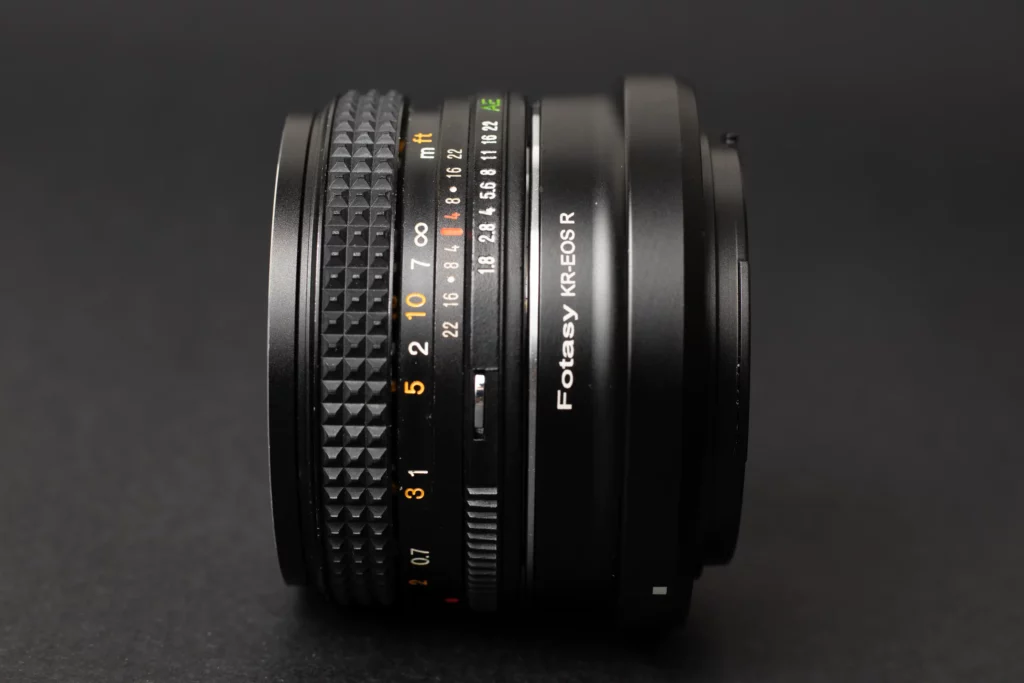
Konica Hexanon AR 40mm f1.8 History and Patent Analysis
After an extensive search through the archives, I found the Konica Hexanon AR 40mm f1.8 patent, which discusses technical details, history, and even reasons behind its creation, making it one of the more interesting patent documents. It is rather long, so here are the most significant bits, including the justification for its creation and the technical difficulties of creating such a lens.
In recent years, there has been an increasing trend towards compact size single lens reflex cameras and, along with this trend a requirement has developed for more compact and wider angle interchangeable lens. The shortest focal length of a standard lens for a 135 mm film format single lens reflex camera has been commonly chosen at 50 mm. However, lens shutter cameras have lenses with approximately equal to 40 mm are very popular. Thus, for SLR cameras, a semi-wide angle objective lens having a value of about f=40 mm has become a standard lens.
A desirable semi-wide angle objective lens having a compact size would have a preferred value of f=40 mm, an F number of 2 to 1.8 and a simple lens configuration of six lens elements or so. It has been extremely difficult to apply prior art lenses (e.g., Gaussian type six element lenses) for this purpose and keep the lens back focal length large enough for a single lens reflex camera and also provide a field angle up to about 56°.
…
Further, even if an attempt is made to obtain a semi-wide angle objective lens by utilizing a lens system of a so-called retrofocus type e. g. a Gauss type or modified Tessar type in which a negative lens is added to the front lens element, the total length of the lens system is increased in size, and the lens is no longer compact.
Because of the reasons mentioned above, it has been extremely difficult to provide a six lens element semi-wide angle objective lens of simple configuration having a large aperture and a compact size.
…
It is further principal object of the present invention to provide a lens system for an extremely compact semi-wide angle objective lens having a simple configuration of five groups of six lens elements in which the back focal length fB has a value of 0.85 times of the composite focal length f, an angle of view of 56°, an aperture range from F 2 to F 1.8 and in which all aberrations are well corrected.
Toshiko Shimokura US4214815A
Suppose you have read all the way here. Congratulations. I can give you some more information. Toshiko Shimokura is a feminine Japanese name, meaning the lens designer was a woman. She also authored a few other lens patents for Konica.
Cost
Konica Hexanon 40mm f1.8 has historically been quite cheap on the used market, and it can still be found for less than 100€ on eBay, making it great value for money.
Konica Hexanon AR 40mm f1.8 Specifications
Optical design: 6 elements in 5 groups
Minimum focus distance: 45cm
Radioactive: No
Weight: 141g
Size: 63 x 39mm
Final thoughts
Konica Hexanon AR 40mm f1.8 is a lovely lens. It does live up to the hype of being a good lens, but thankfully, Konica made so many of them that the prices are still reasonable. Hexanon 40mm f1.8 can be a true chameleon — stop it down, use it with a hood, and it will deliver a contrasty, well-corrected image, but take the hood off and unleash the artistic side, creating moody, arty photos. A one-of-a-kind optical design is also a bonus. It is an easy 5 out of 5 for me.
What are your thoughts on the Konica Hexanon AR 40mm f1.8? Leave a comment!
Sample images
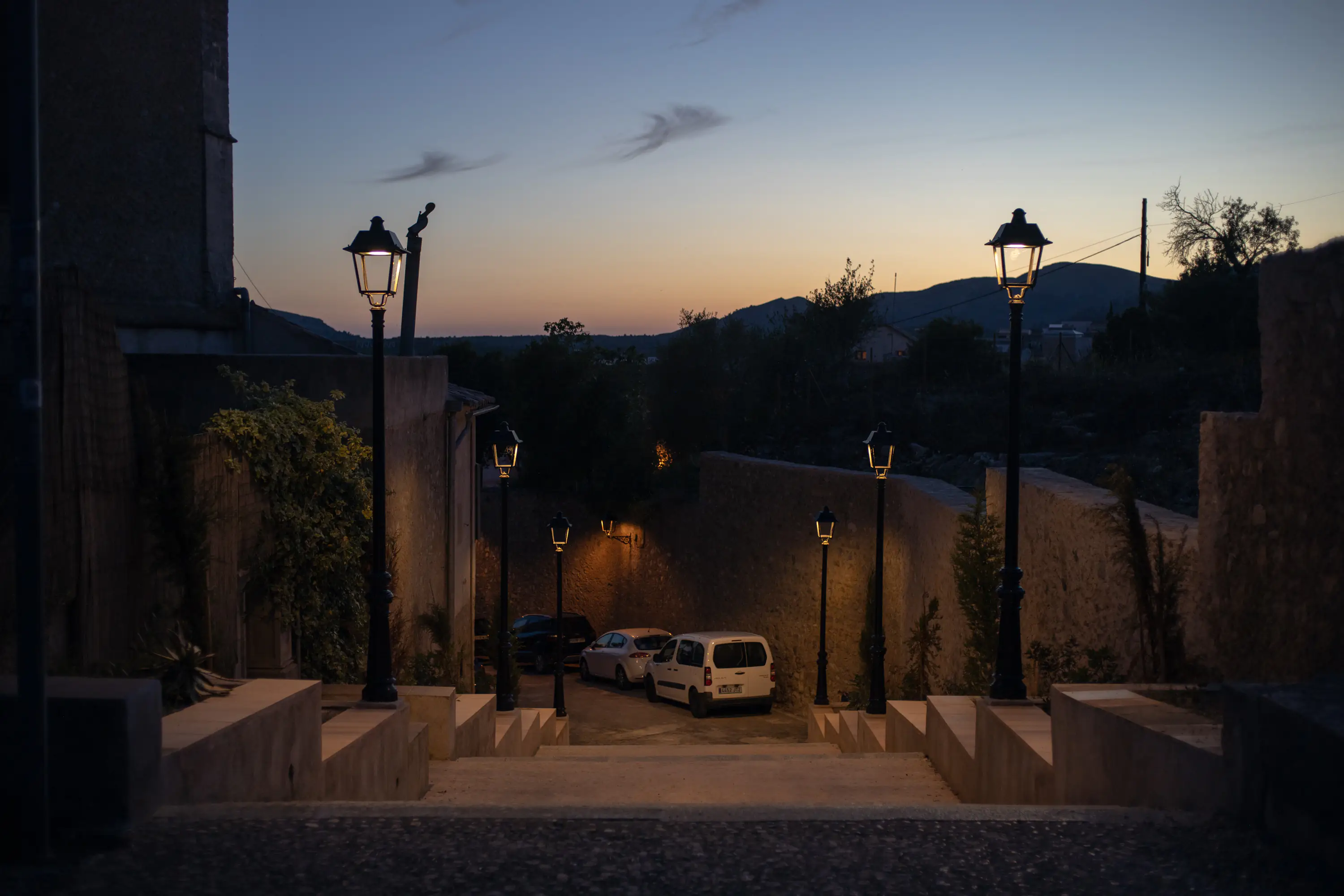
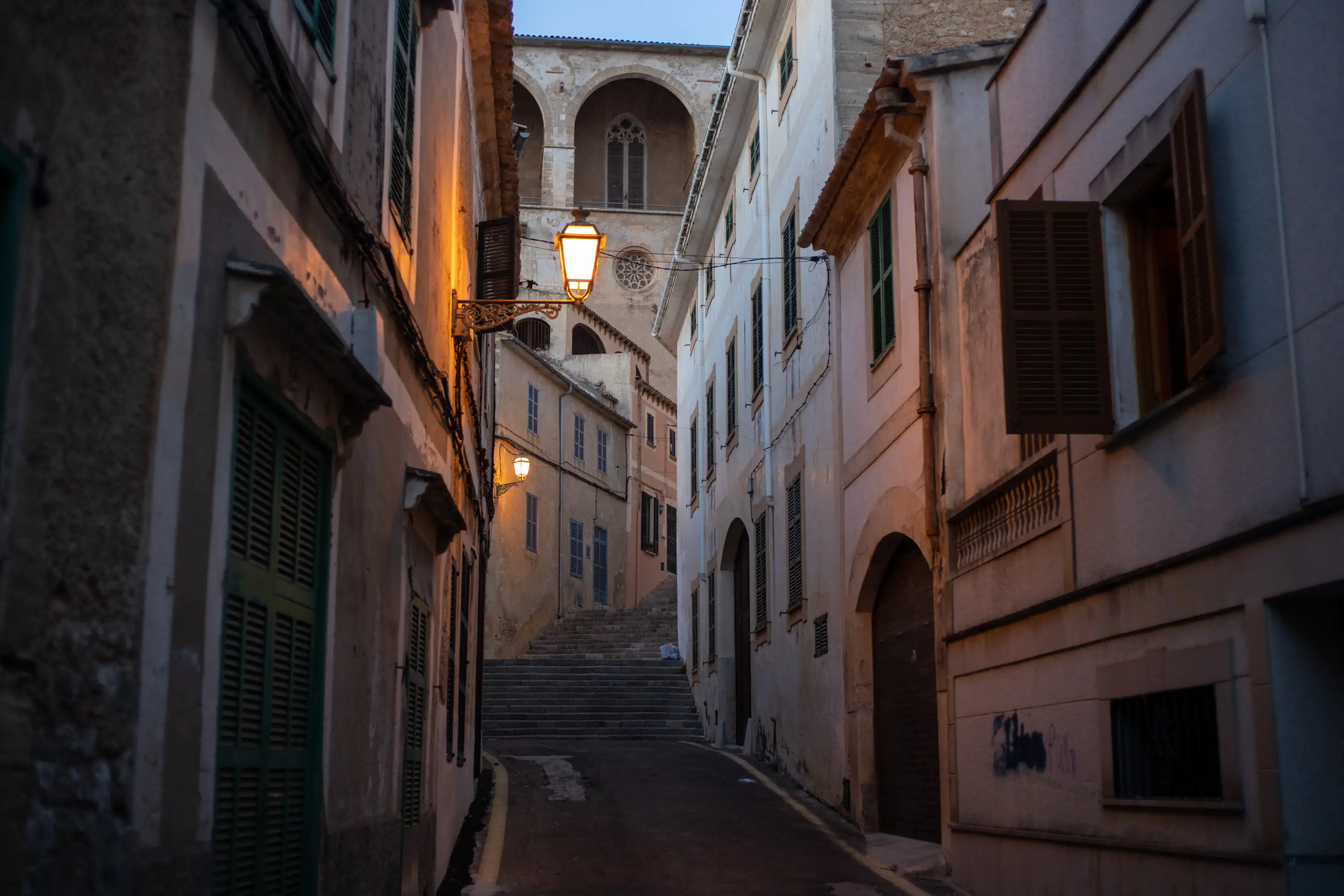
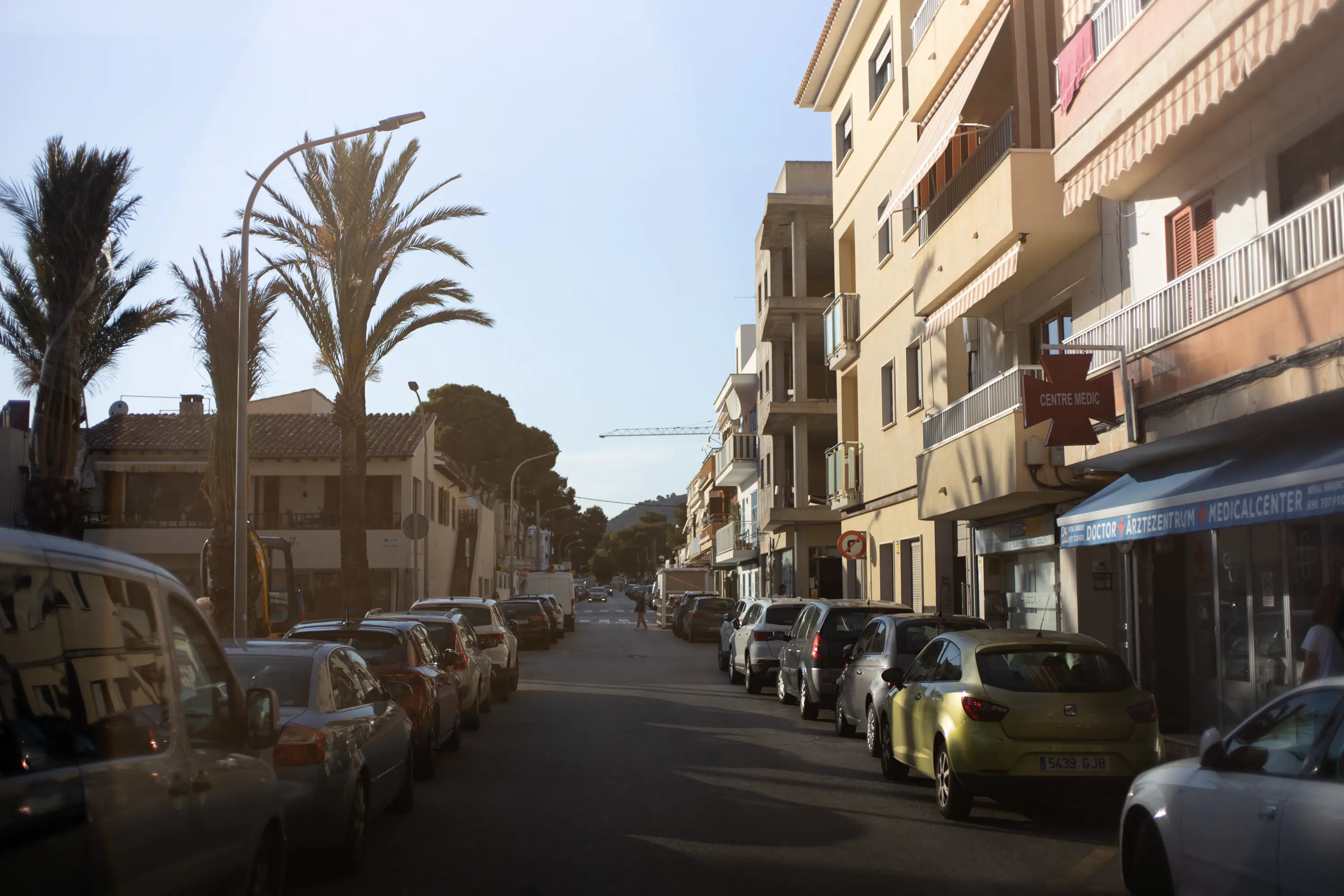



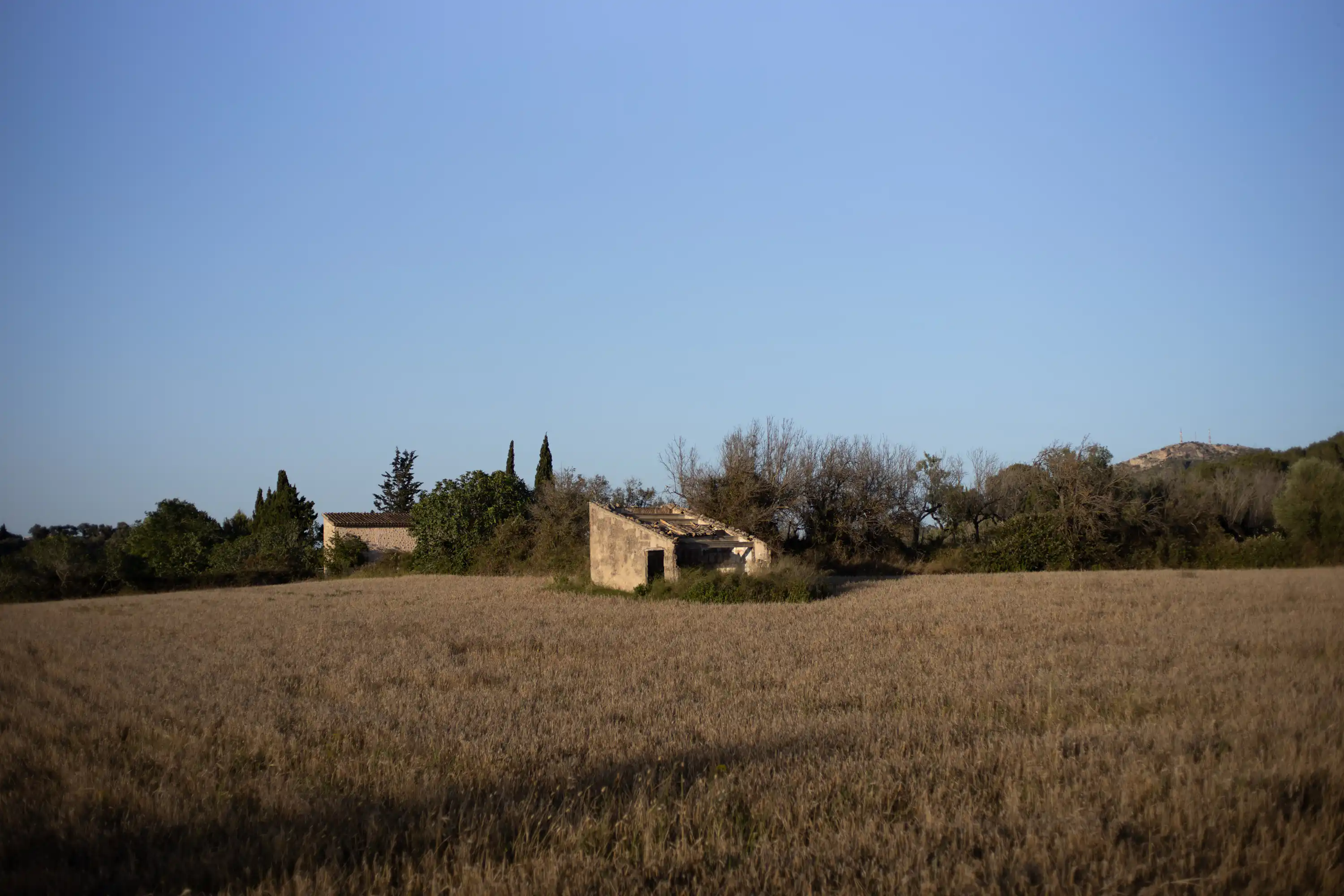


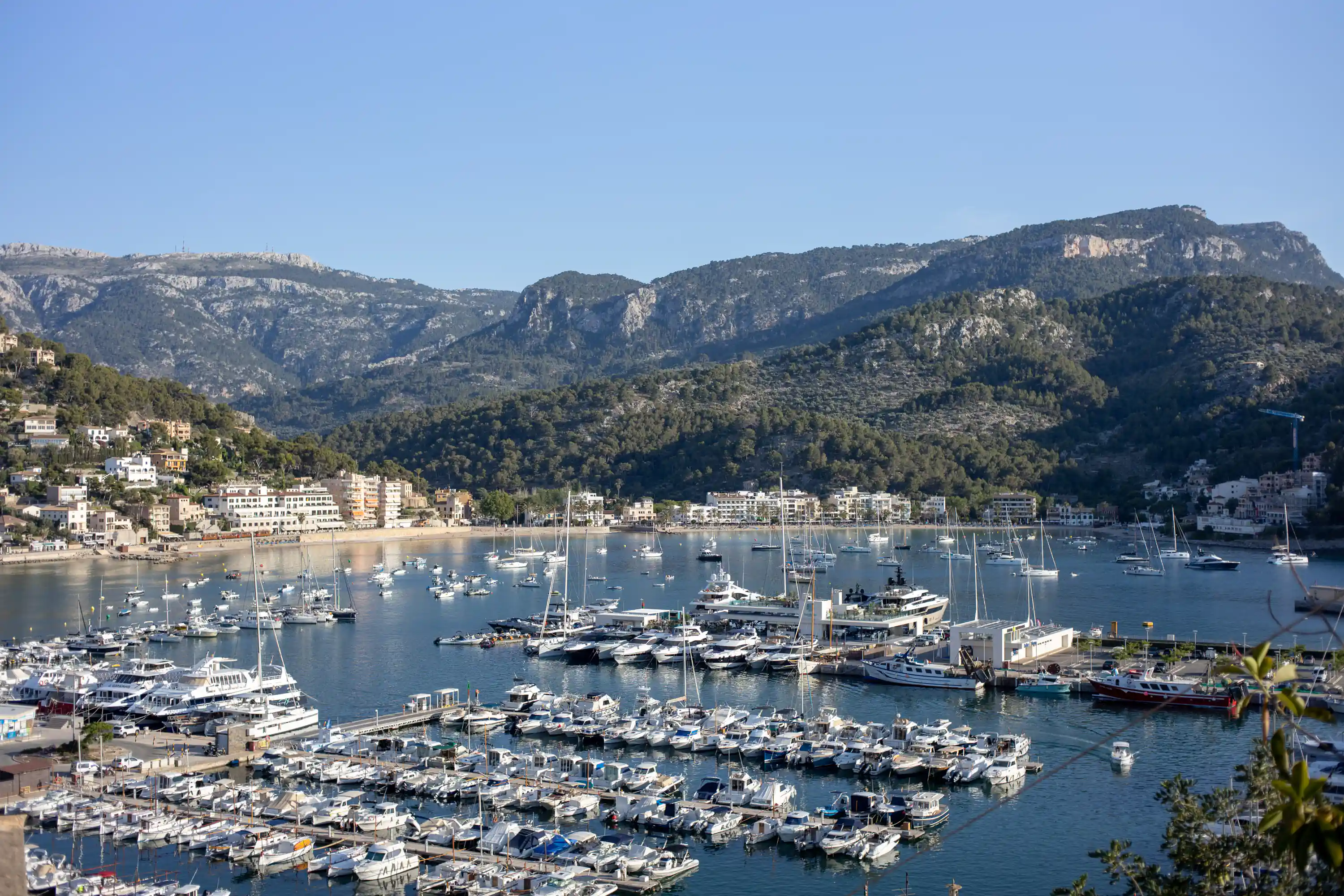
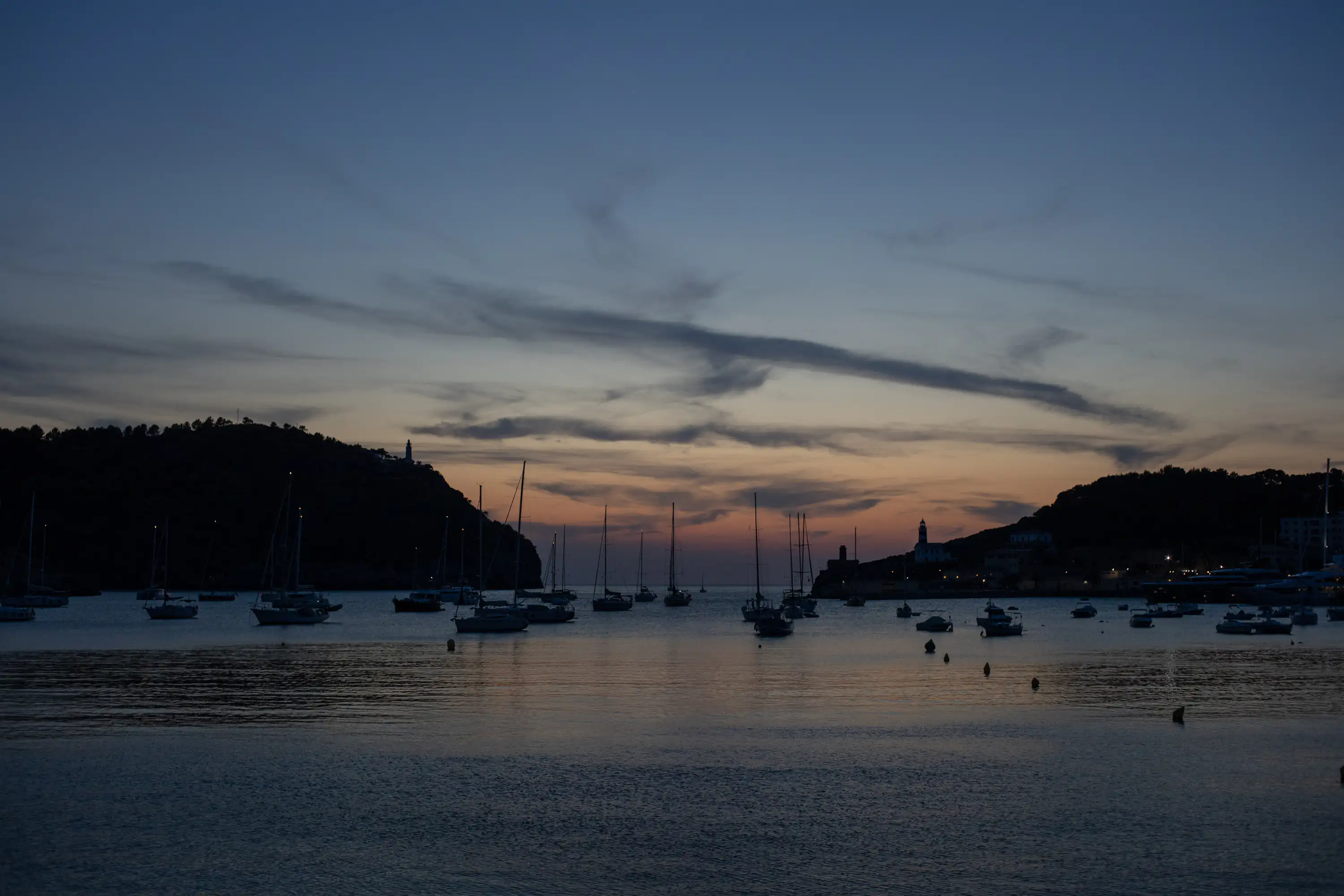


Leave a Reply